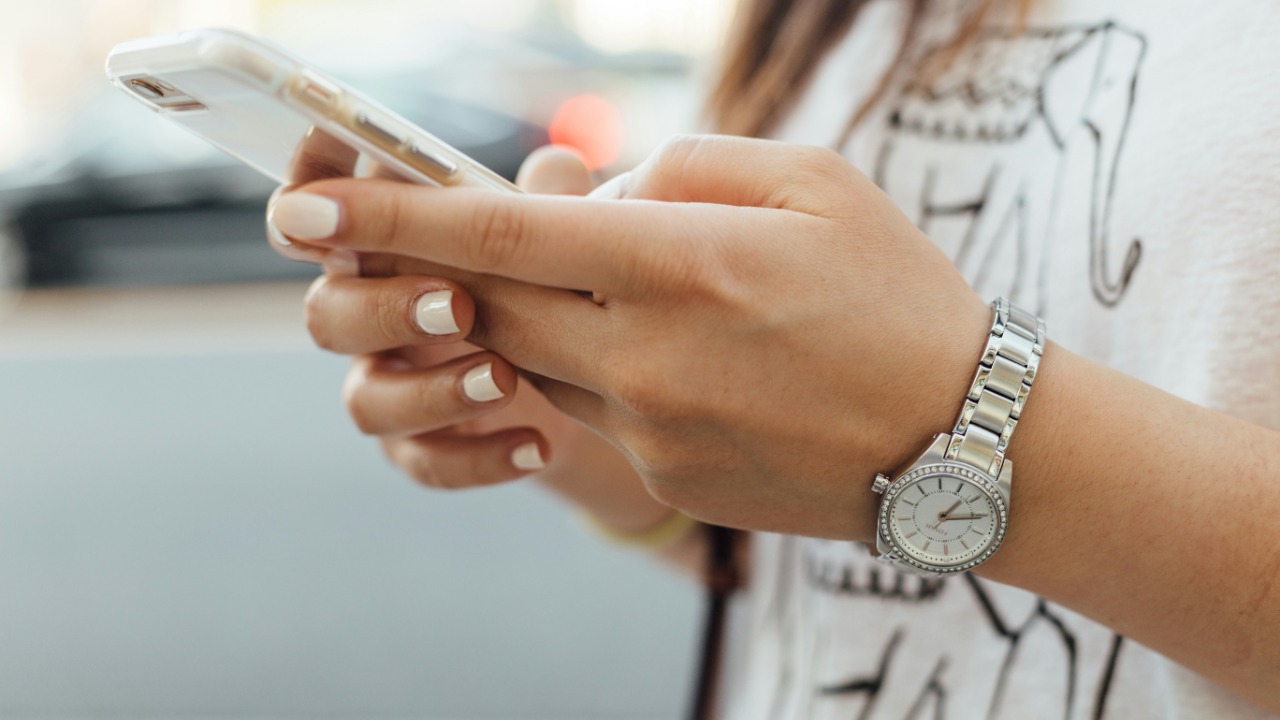
Have you ever noticed your phone heating up unexpectedly? This could be due to specific apps that demand significant processing power. Understanding which apps contribute to this can help you manage your phone’s performance better. Here are nine types of apps that are known to make phones run hotter.
Streaming Video Apps
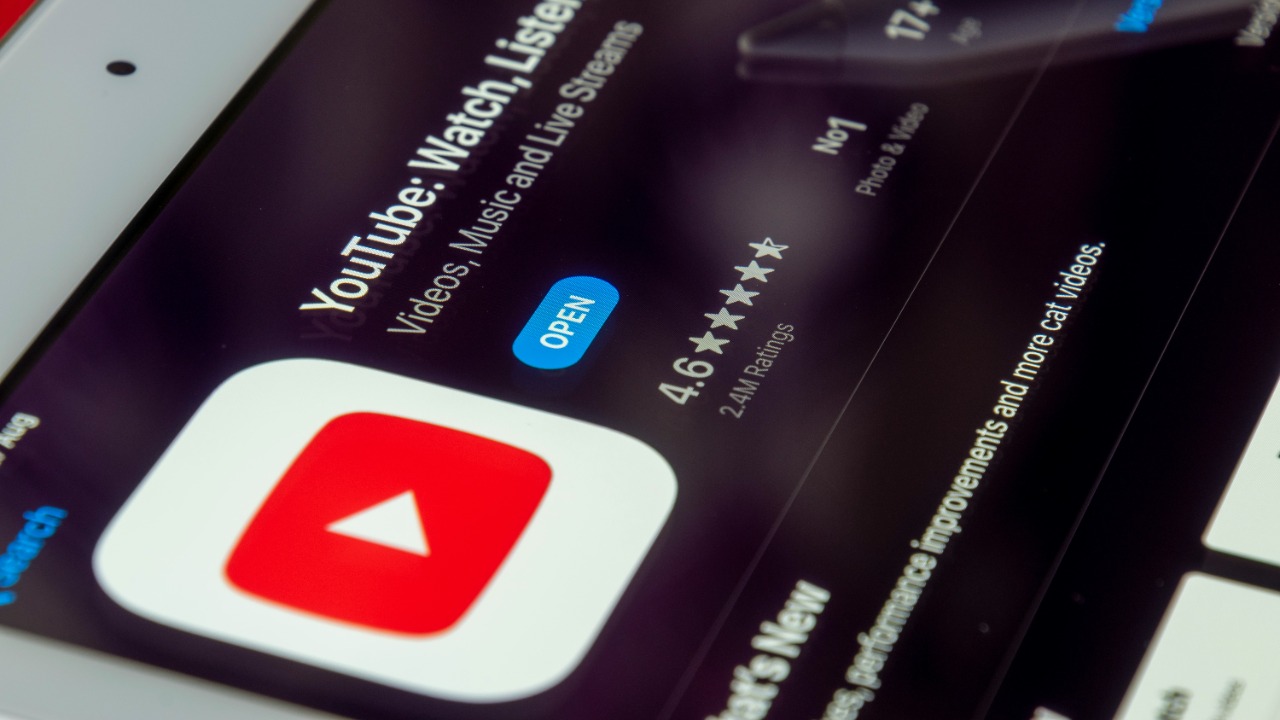
Streaming video apps, such as Netflix and YouTube, are popular culprits for making phones run hot. These apps require constant data streaming and intensive graphics processing, leading to increased CPU and GPU usage. When streaming in high definition, the demand on your device’s resources intensifies even further.
The continuous playback and buffering can cause your phone to overheat, especially if you’re watching videos for extended periods. To mitigate this, consider reducing the video quality or taking breaks between streaming sessions.
Mobile Gaming Platforms
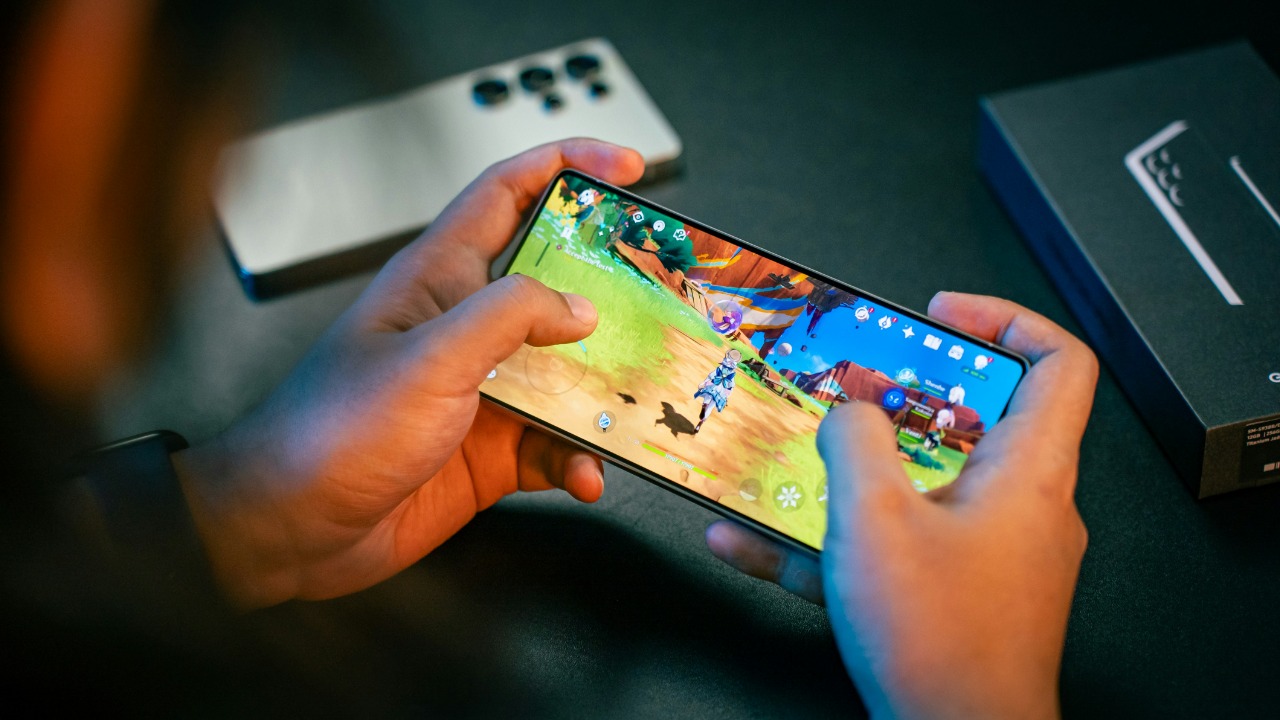
Mobile gaming platforms are notorious for causing phones to heat up. Games like Fortnite and Call of Duty Mobile demand a lot of processing power and memory, which can lead to overheating. These games often require your device to render complex graphics and maintain high frame rates, pushing your phone’s hardware to its limits.
For an in-depth understanding of how mobile games affect device performance, you can explore this research study.
Augmented Reality Apps
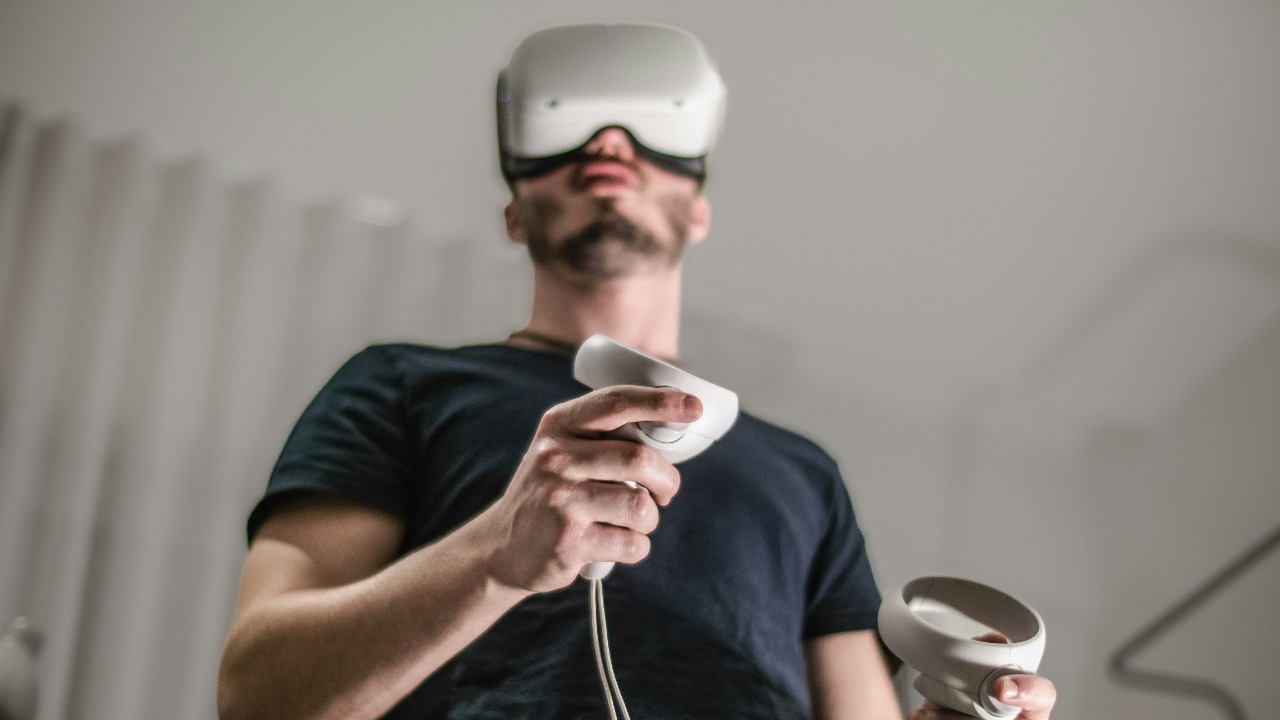
Augmented Reality (AR) apps, such as Pokémon Go or Snapchat with AR filters, heavily rely on your phone’s camera and sensors, leading to increased power consumption and heat production. These apps overlay digital elements on the real world, requiring constant data processing and graphical rendering.
When using AR apps, your phone’s CPU and GPU work overtime, causing a noticeable increase in temperature. It’s advisable to use AR features sparingly to prevent overheating and extend your device’s battery life.
Cryptocurrency Mining Apps
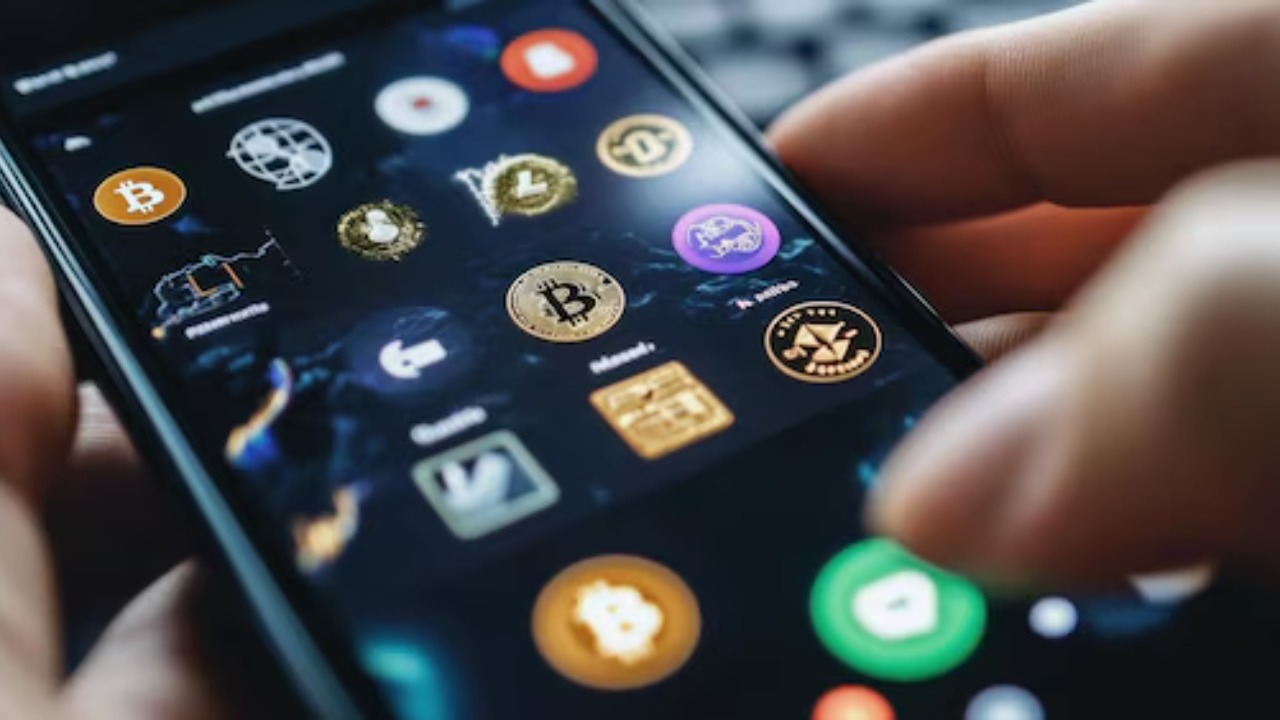
Cryptocurrency mining apps can be a significant source of heat generation on smartphones. These apps utilize your device’s processing power to solve complex calculations required for mining cryptocurrencies. The constant, intensive calculations can cause your phone to overheat quickly.
Due to the potential for excessive heat and battery drain, it’s crucial to monitor your device’s temperature. For more information on how mining apps can affect your phone, check out this guide.
Video Editing Software
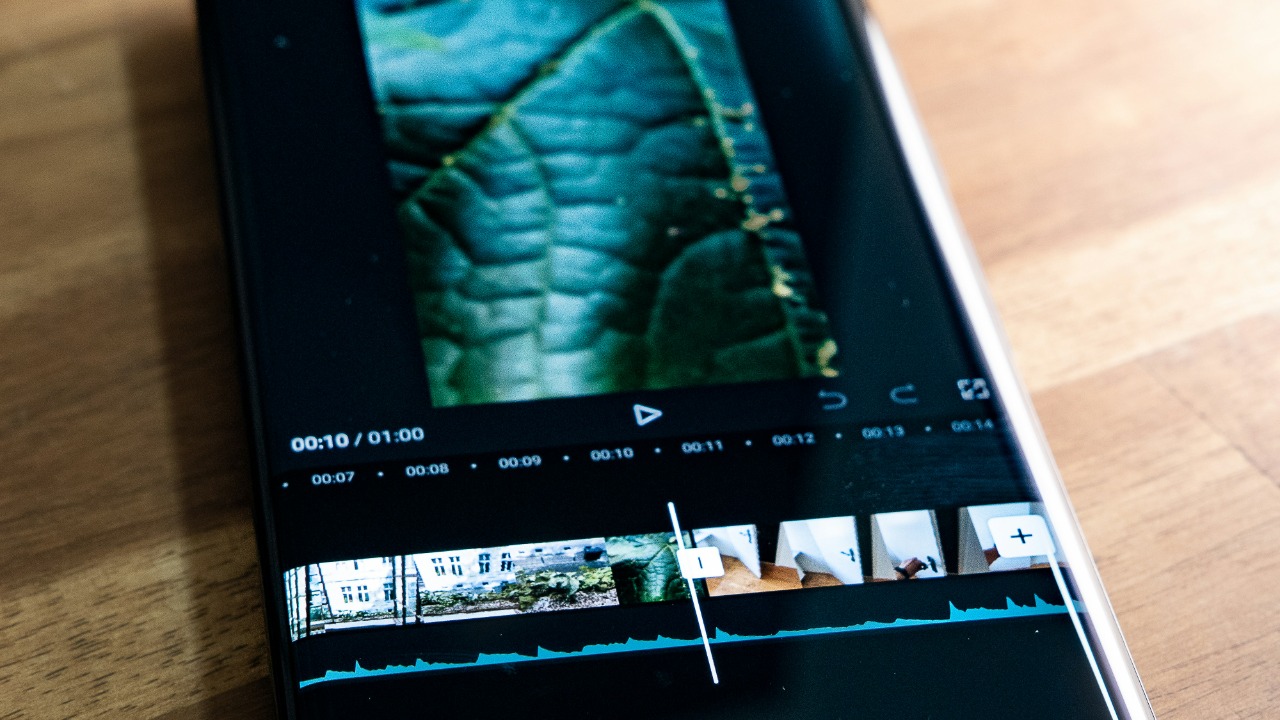
Video editing software on mobile devices, such as Adobe Premiere Rush, can also contribute to overheating. These apps require significant CPU and GPU power to render and export video files, which increases the load on your phone’s hardware.
When working on high-resolution videos, the strain on your device is even greater. For tips on optimizing your phone’s performance during video editing, you might find this research paper insightful.
Social Media Apps with Live Features
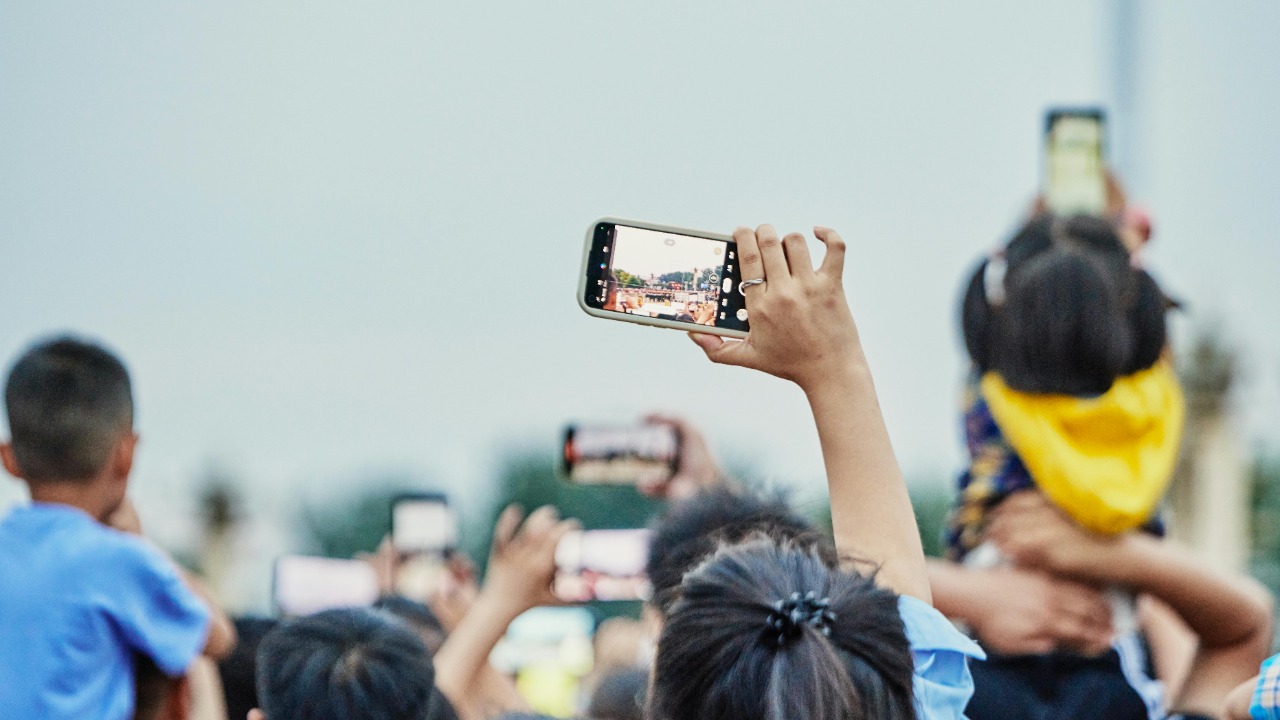
Social media apps like Instagram and Facebook, especially those with live streaming features, can cause your phone to heat up. Live streaming requires continuous data transmission and camera usage, which can put a significant load on your device. The processing power needed to maintain a live feed can cause the phone’s temperature to rise quickly.
To avoid overheating, limit the duration of your live sessions or use Wi-Fi instead of mobile data when streaming.
Navigation and Mapping Apps
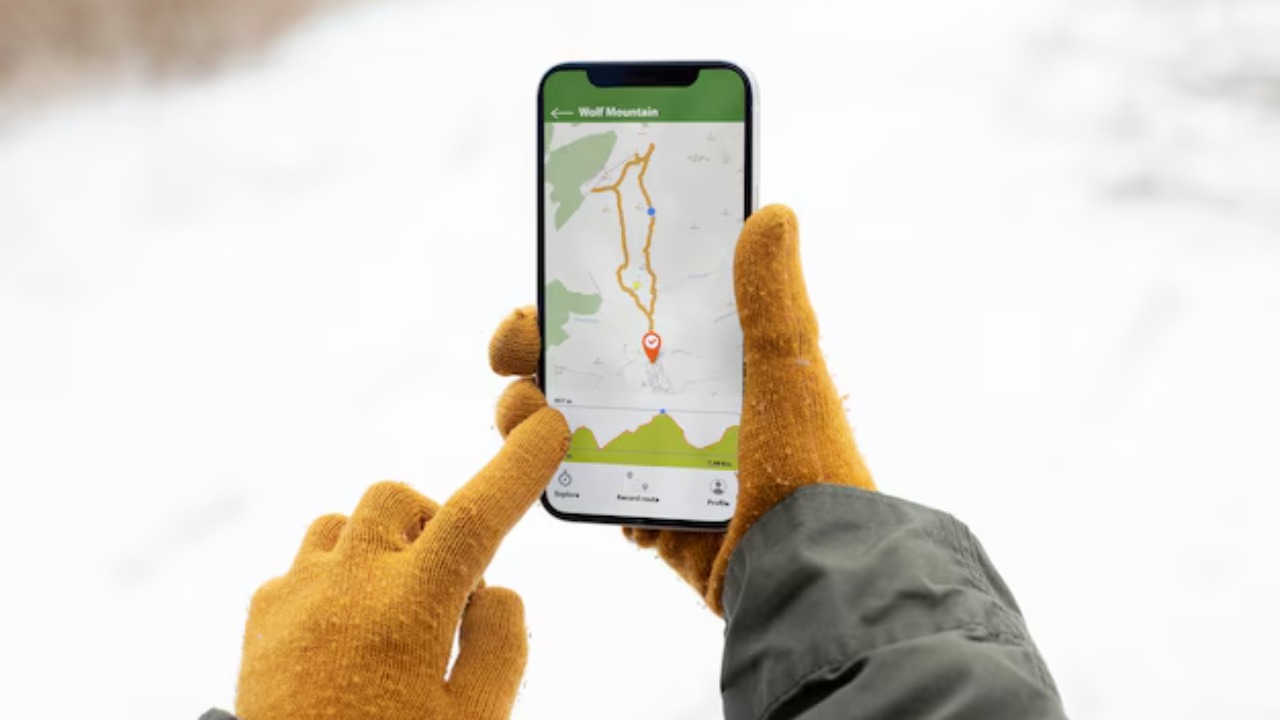
Navigation and mapping apps such as Google Maps can also cause your phone to overheat. These apps use GPS to provide real-time location tracking, which requires constant processing and data exchange.
Additionally, the screen is often kept on for extended periods during navigation, contributing to heat generation. To reduce the temperature, consider turning off unnecessary features or using your device in a cooler environment.
High-Resolution Photography Apps
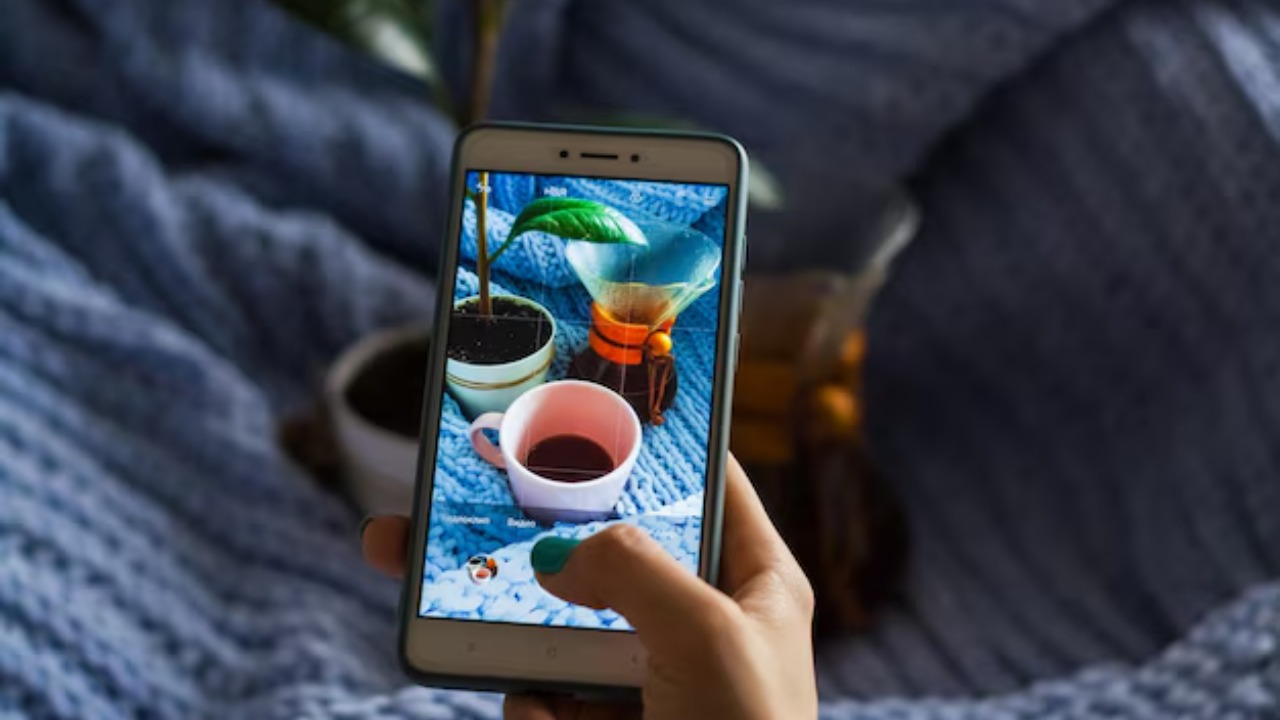
High-resolution photography apps, like Adobe Lightroom, demand significant processing power from your phone. These apps allow for detailed editing and the application of complex filters, which can increase CPU usage.
When capturing or editing high-resolution images, your device may become noticeably warmer. To mitigate overheating, it’s helpful to close other running apps and give your phone a break between editing sessions.
Background Sync and Backup Services
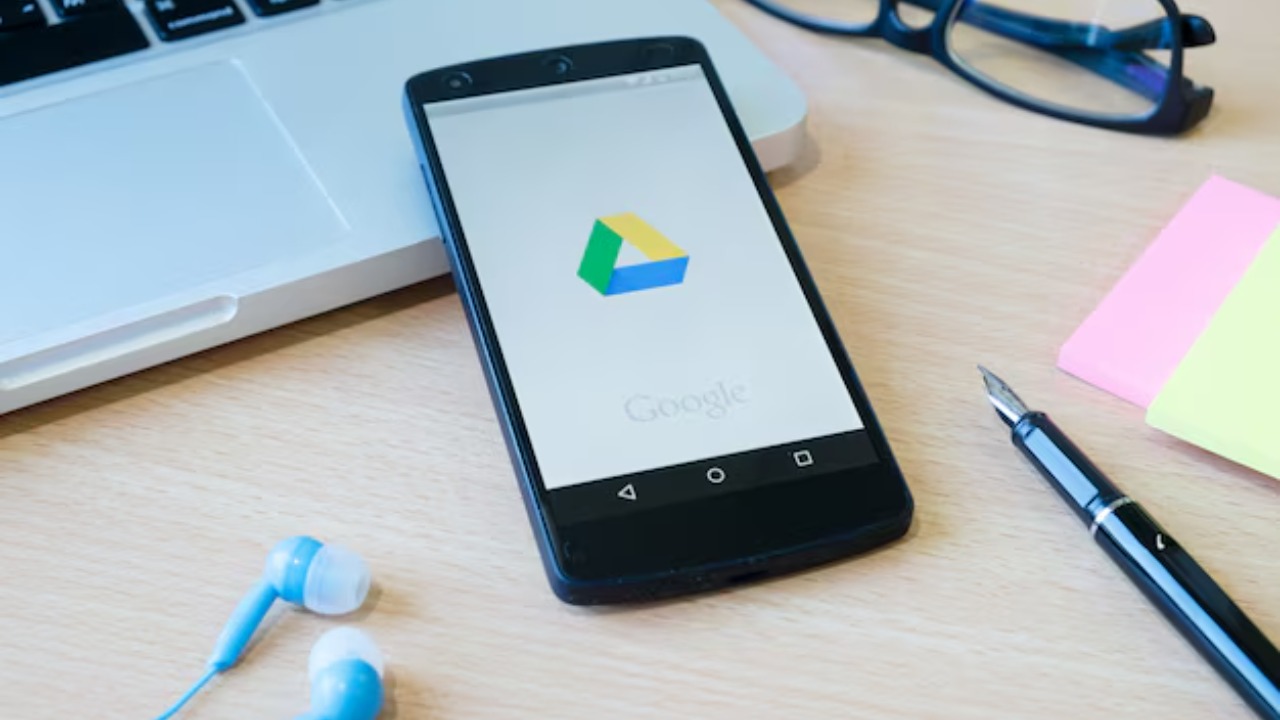
Background sync and backup services, such as Google Photos or Dropbox, can cause your phone to heat up without active usage. These services often run in the background, uploading and syncing data continuously.
This constant activity requires processing power and can lead to increased heat production. To manage this, consider scheduling syncs and backups during cooler times of the day or when your phone is charging.
“`